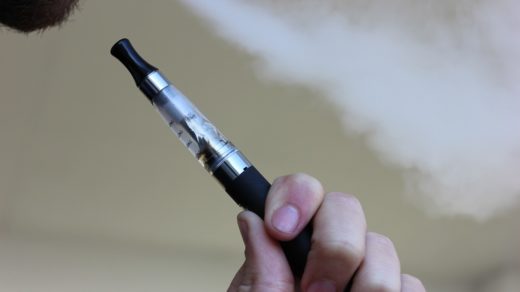A chimney without a liner is the same as a person without a helmet on a bike and even more dangerous. If your house is newly constructed then surely your fireplace or chimney would be lined, but if you live in an old house, then your chimney would be unlined and you should consider it lined by a chimney contractor. Initially the chimneys were unlined till the 70s when the government passed an order that chimneys without liner are not allowed to be built. This law was passed because many houses were burnt down due to an unlined chimney.
Chimney without a liner is extremely hazardous and dangerous.
Huge Risk Of House Fires
The function of the liner is to protect the interior of the chimney from getting extreme hot temperatures due to the fire burning and also to protect the masonry of the chimney. When continuous fire is burning then there is a huge risk that the inner wooden structure would catch fire and burn down the whole house. The chimney liner allows the fire and smoke to pass through the chimney without damaging the interior or causing a risk of fire. It also protects the heat from escaping into the house from the masonry which can easily enter the house and make the masonry weak as well.
Smooth Airflow
The smooth structure of the chimney liner helps the gases, the fire, and the smoke to pass evenly and smoothly. Without the liner the smoke and the fire will go haphazard, and in all directions, and will struggle to escape out of the chimney. This will cause all the dangerous gases to disperse as well. The heat and the dangerous gases will also enter your home. This leads to poor heat distribution and poor ventilation. The chimney works efficiently without a chimney liner which increases the cost of the bills.
The Masonry Is Unprotected
The masonry and other materials of the chimney are exposed without a chimney liner. When wood is burnt gases are released which condense while travelling up and form a layer on the interior walls of the chimney. They harden to form a flaky and sticky tar-like substance called creosote. Soot is another byproduct of wood burning. The creosote and soot exploit and deteriorate the interior walls of the chimney, which damages, corrodes and weakens the structure of the chimney.
The brick and the mortar would gradually get weak and lose their structure in some time. Creosote is also highly flammable and without a liner deposits at a very fast rate and increases the risk of a chimney fire.
Protection From Harmful Gases
Carbon Monoxide is a very dangerous gas and has also been referred to as the invisible killer. It is an invisible and odorless gas which can penetrate the home through cracks formed in the chimney due to high heat. Exposure to this gas can cause eye irritation and infections, skin infections and diseases, lung infections, runny nose, itching and cough. It is especially dangerous for children and older people and also people who have allergies and asthma. Extreme exposure to carbon monoxide can be fatal in rare cases.
Other than this, there are many other harmful gases as well. A chimney liner ensures the smooth travel of the dangerous gases hence they do not enter your home.
Repair Work
Without a liner your chimney, it’s masonry and all its fixtures are exposed to fire, to gases, to moisture and to creosote. Thus, it deteriorates and corrodes at a very fast rate and it weakens the structure of the chimney. High heat causes the masonry and materials to corrode and get cracked which increases the repair work of the chimney technician. Frequent repairs can become a hassle and be extremely expensive as well.
Maintenance
Maintenance and cleaning can get difficult without a chimney liner. Although the accumulation of creosote cannot be stopped, it lessens a lot with a chimney liner and without one you will need to call a chimney sweep often to scrub and clean the creosote.
Your chimney is a blessing and it needs a liner as well. Because without a liner it will not be able to save you from hazards and protect you from the cold winters. Hire chimney relining services Columbia MD for installing a new liner or replacing the old liner.


